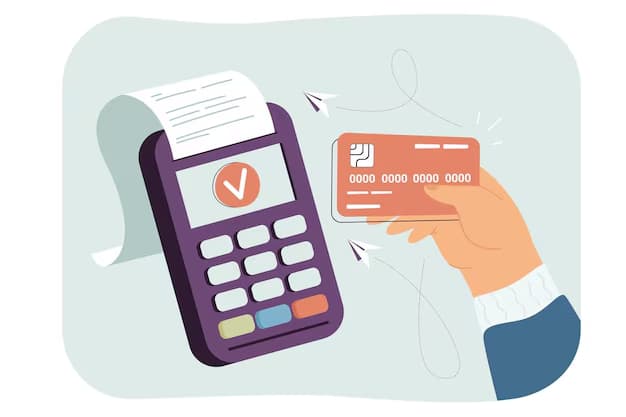Don’t get swiped away: Unravel hidden costs behind credit card swipe fees
From corner cafes to global e-commerce giants, credit cards are the lifeblood of countless transactions. But for businesses, accepting these convenient payments comes with a hidden cost: swipe fees. Understanding these fees is crucial to keeping your bottom line healthy. This article will equip you with the knowledge to navigate the world of credit card processing and make informed decisions for your business.

A breakdown of swipe fees
Credit card swipe fees, also known as interchange fees, are charges imposed by credit card networks (such as Visa, Mastercard, and American Express) on merchants for processing card payments. These fees cover various costs associated with payment processing, including transaction authorization, settlement, and fraud prevention. You can think of a swipe fee as a multi-layered cake. Here are the key ingredients:
- Interchange fees: The biggest slice goes to the card-issuing bank (think Visa or Mastercard) to compensate them for extending credit and handling potential defaults by customers. These fees vary based on factors like card type (rewards cards typically cost more to process), transaction size, and your industry.
- Assessment fees: A smaller slice goes directly to the credit card networks themselves. This covers the cost of maintaining the complex infrastructure that keeps your customer’s swipes secure and transactions smooth.
- Acquirer fees: Your merchant bank, the one that allows you to accept cards, takes a slice for facilitating the transaction. They handle the technical aspects and ensure funds reach your account. These fees can be fixed or a percentage of the sale.
Why do swipe fees matter?
Every swipe adds up, and these fees can significantly impact your profitability, especially for small businesses with tight margins. Here’s how:
- Reduced profits: Swipe fees directly eat into your revenue. Factoring these costs into your pricing strategy is essential to ensure you’re not giving away more than you earn.
- Card type matters: Not all cards are created equal. Debit cards generally have lower interchange rates than reward-laden credit cards. Encouraging customers to use these lower-cost options can help reduce your fees.
- Negotiation is key: Don’t settle for the first offer! Many merchant service providers are willing to negotiate swipe fees based on your processing volume and business history.
Swipe smart by minimizing fees
Now that you understand the landscape, here are actionable tips to fight back against swipe fees:
- Know your numbers: Regularly review your monthly statements to understand your specific fee structure. Look for trends and identify any potential errors or excessive charges.
- Optimize your payment mix: While credit cards are king, consider offering alternative payment methods like cash or ACH transfers that often come with lower processing costs. You could even incentivize customers to use these options with a discount.
- Embrace technology: Explore payment gateways and point-of-sale systems that offer transparent fee structures and tools for managing and potentially optimizing your fees. Some offer flat-rate pricing or interchange-plus models that can be more cost-effective for certain businesses.
The Takeaway
Credit card swipe fees are an undeniable part of doing business today. However, by understanding their structure and implementing smart strategies, you can significantly reduce their impact on your profits. Remember, every swipe is an opportunity, not a burden. With the right knowledge and tools, you can turn this cost into a manageable factor and ensure your business continues to thrive in the ever-evolving world of payments.






